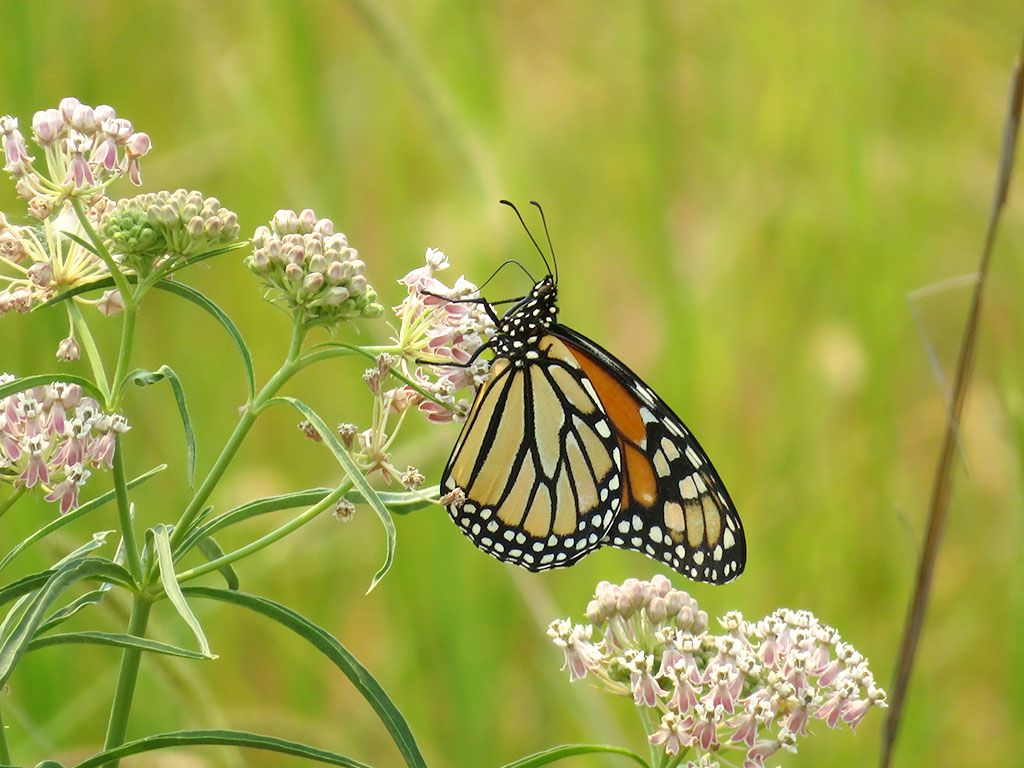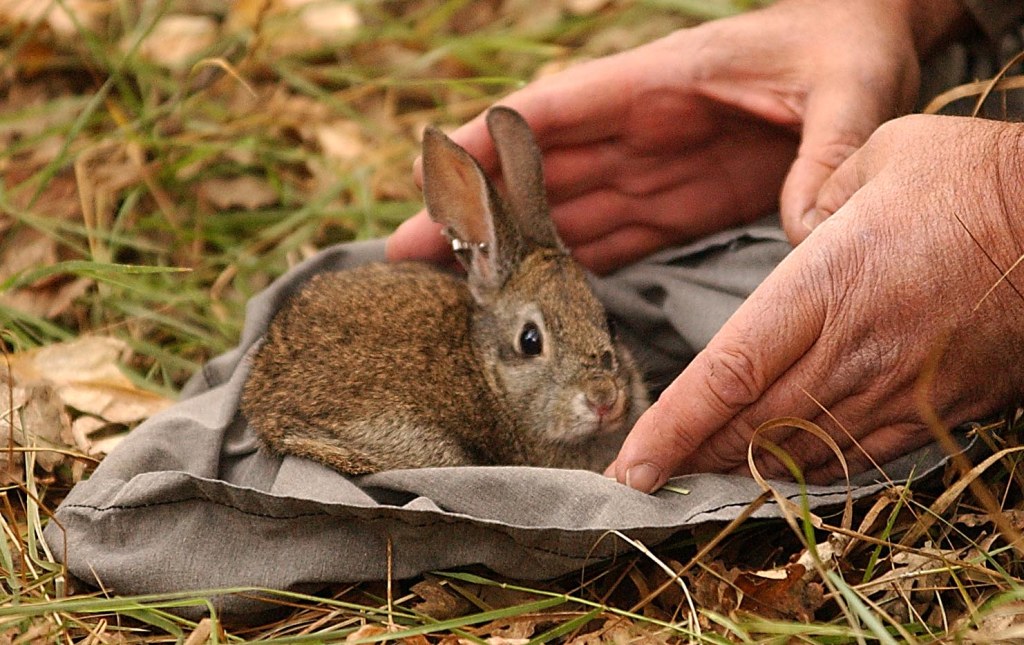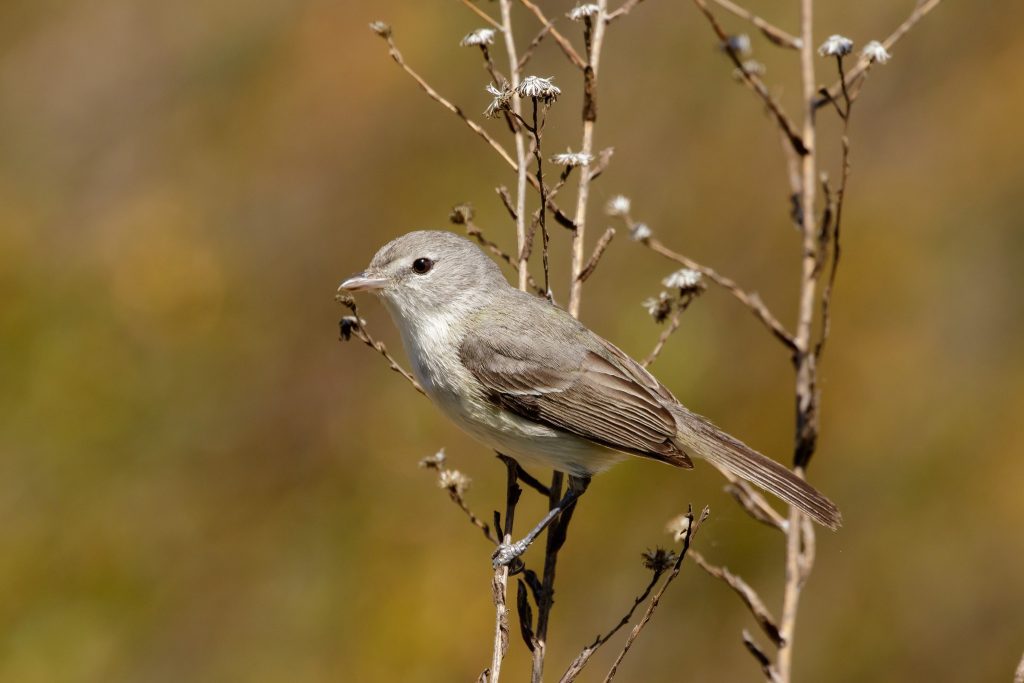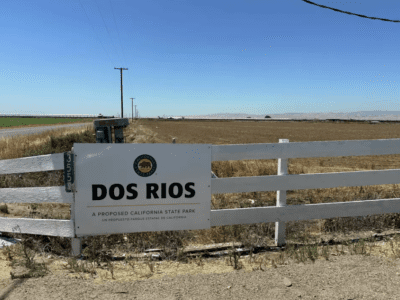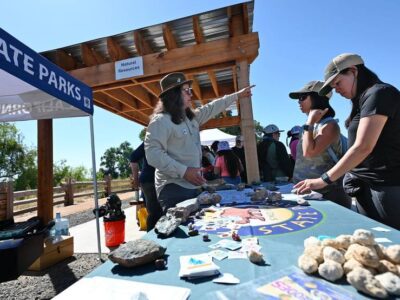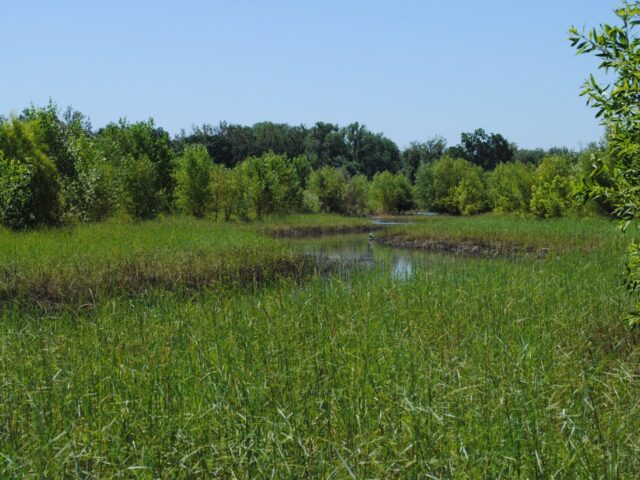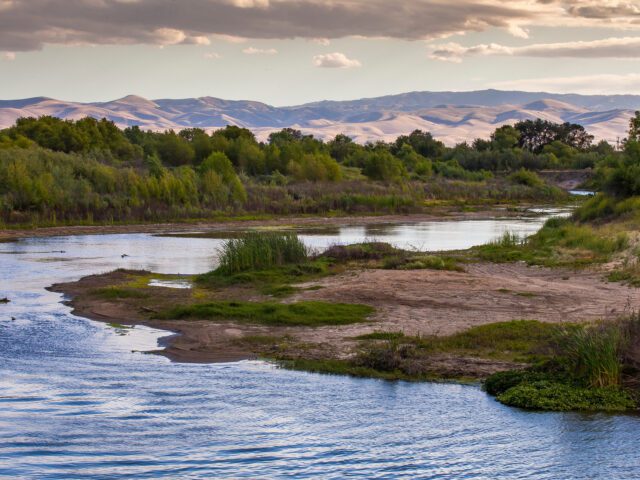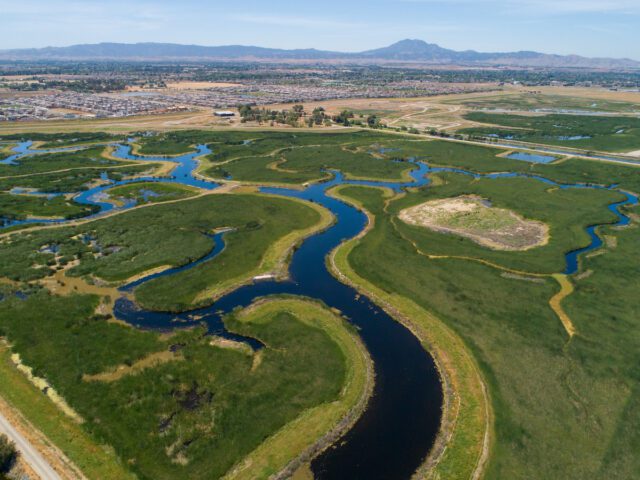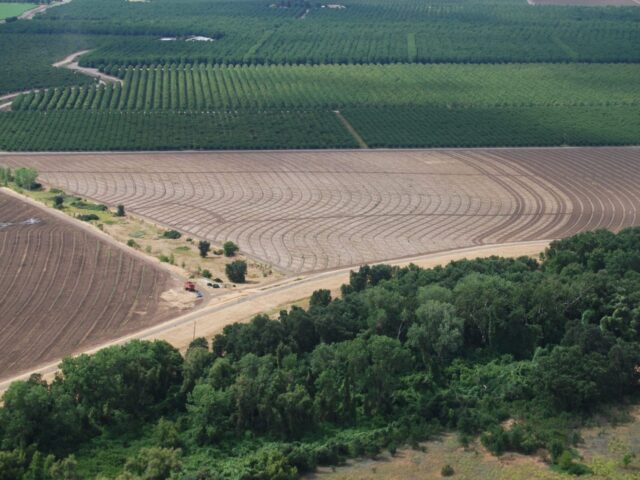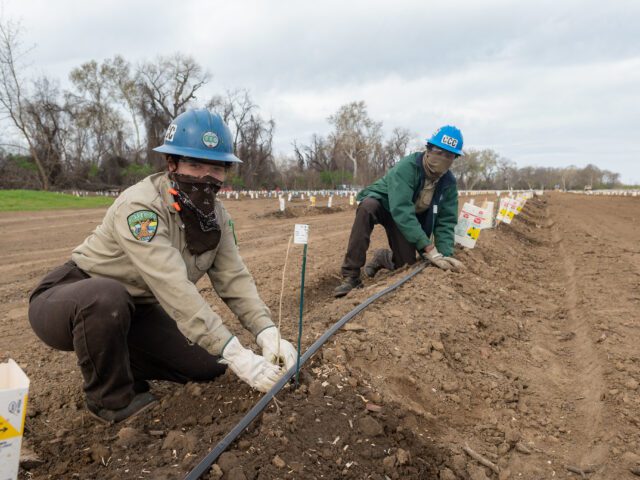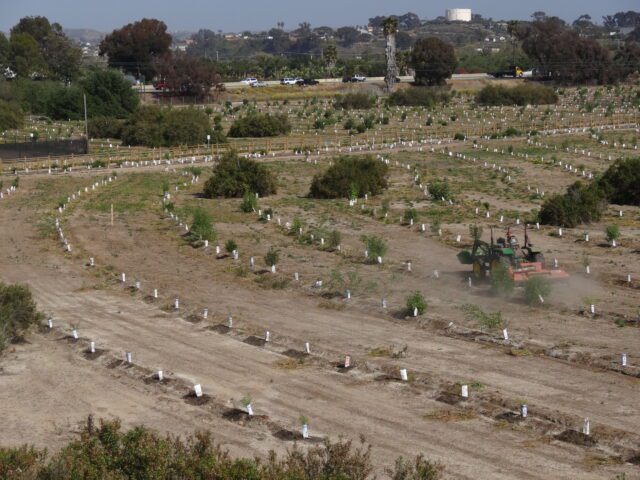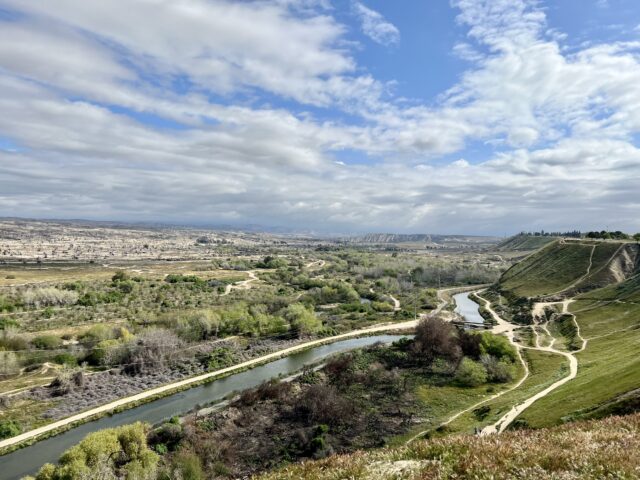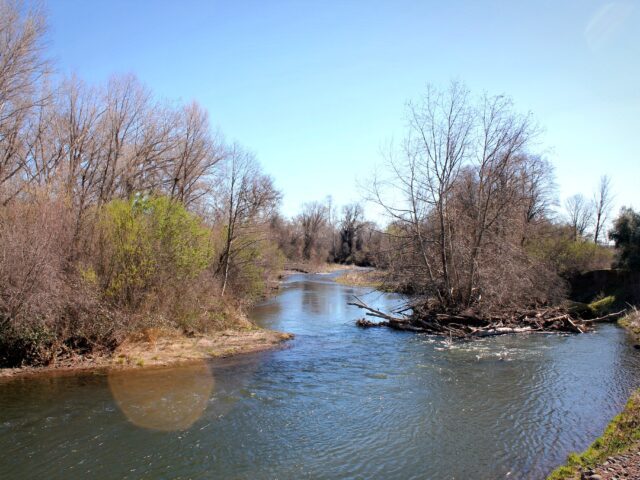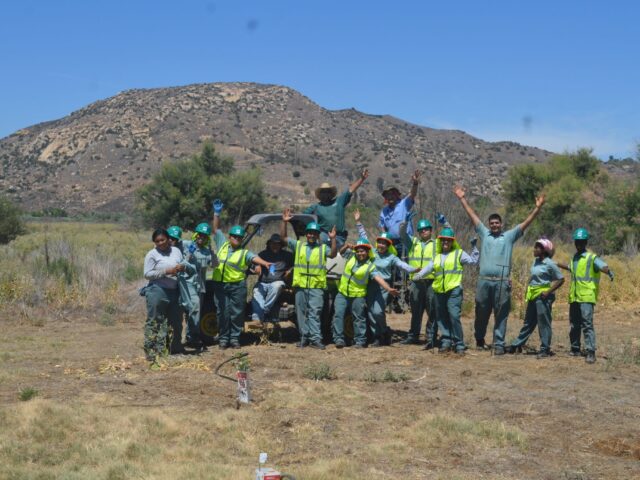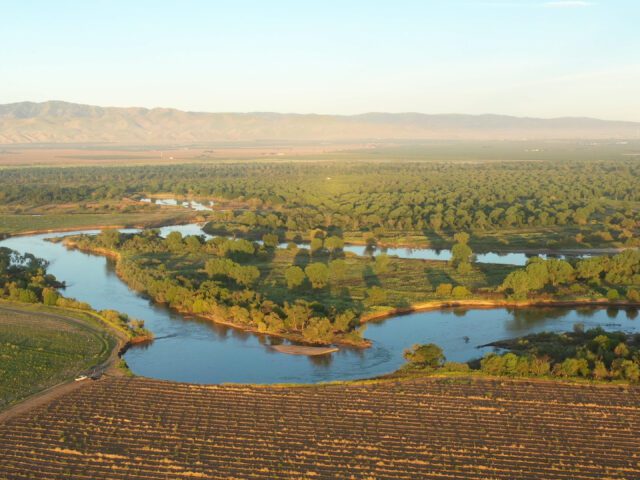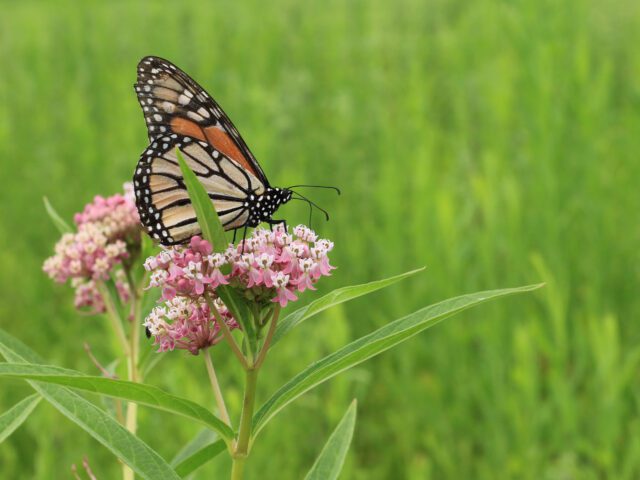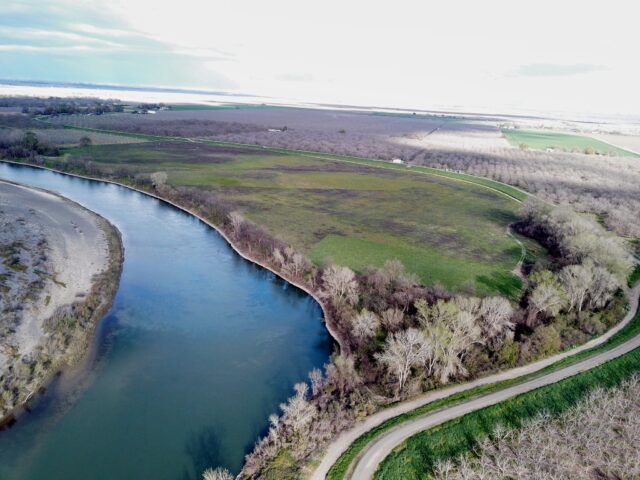Revitalizing Wildlife Habitat to Bring Species Back from the Brink
Restoring riverside forests to expand and reconnect wildlife corridors and protect imperiled species from extinction
Californians and visitors alike marvel in the world-class biodiversity the state offers: forty percent of plant species found here exist nowhere else on Earth. Our state is home to the most biodiversity in the U.S, including about one third of all plant and animal species found in the U.S. A land of extremes, our robust biodiversity makes California a unique cherished place for not only wildlife, but the people who love these lands.
Freshwater ecosystems along riverways provide habitat that wildlife—and people—can’t afford to lose. We’re expanding and reconnecting these wildlife corridors to protect imperiled species from extinction.
We’ve already lost species we will never see again, despite having the skills and tools needed to revive riverways and reconnect essential habitats. Climate change intensifies the problem by driving longer and more intense droughts, heatwaves, wildfires, and significant habitat changes.
In Central Valley riverways, bird conservation goals alone call for more than 30,000 acres of riparian reforestation over the next 30 years, and targets for restored salmon-rearing habitat bring that number closer to 60,000 acres along 280 river miles.
Rivers filled with fish, skies blackened with flocks of birds, and blooming hillsides buzzing with pollinators—this is our legacy of biodiversity that’s at stake. If we want these species to be more than just stories we tell our grandkids, we must act today. Reviving California’s rivers is key to giving wildlife a chance.
THE PROBLEM
- California is home to greater biodiversity than any other state in the U.S., but we are losing it faster than anywhere else
- We’ve lost 90% of our wetlands and 95% of our riparian areas
- More than 30% of California’s species face extinction
OUR SOLUTION
- Because every living thing depends on healthy freshwater ecosystems, we’ve restored nearly 20,000 acres of riverways statewide
- We’ve set an audacious goal for this decade: double our footprint of restored riverside forests to 30,000 acres throughout California by 2030
Thriving, Not Just Surviving
River Partners has the largest footprint of anyone in the West, which supports a thriving future for nearly 60 imperiled species that call California home. Our goal isn’t to help struggling species just hold on. It’s to give all California wildlife a chance at a thriving future. We’re doubling our pace of restoration during this decade, which experts say is pivotal for the long-term health of the state’s unique plants and animals.
Latest Biodiversity News
The Case for Restoring Rivers
Even at 5% of their historic footprint, riparian ecosystems support greater biodiversity and more endangered and threatened species than any other habitat in California. Since the Gold Rush, we’ve dammed, diverted, channelized, and cleared millions of acres of riverside habitat, greatly impacting wildlife populations and driving some towards extinction.
Rivers are the vital thread of ecosystem resilience we must restore and reconnect to ensure wildlife not just survive but thrive. Rivers and their surrounding floodplains provide food, water, and shelter for a vast array of wildlife. Millions of migratory birds depend on seasonal swelling of riverbanks to feast and nest in winter. Shady riverside forests provide relief for heat- and drought-stressed terrestrial and aquatic species such as endangered Chinook salmon, whose populations on the Sacramento River have plummeted 90% in the last 40 years.
It’s not only wildlife and ecosystems that need rivers. Investing in river revitalization protects the foundations of healthy communities and contributes to a robust economy with good, green jobs.


